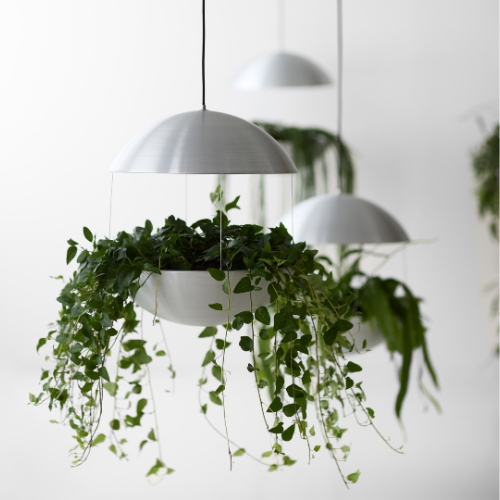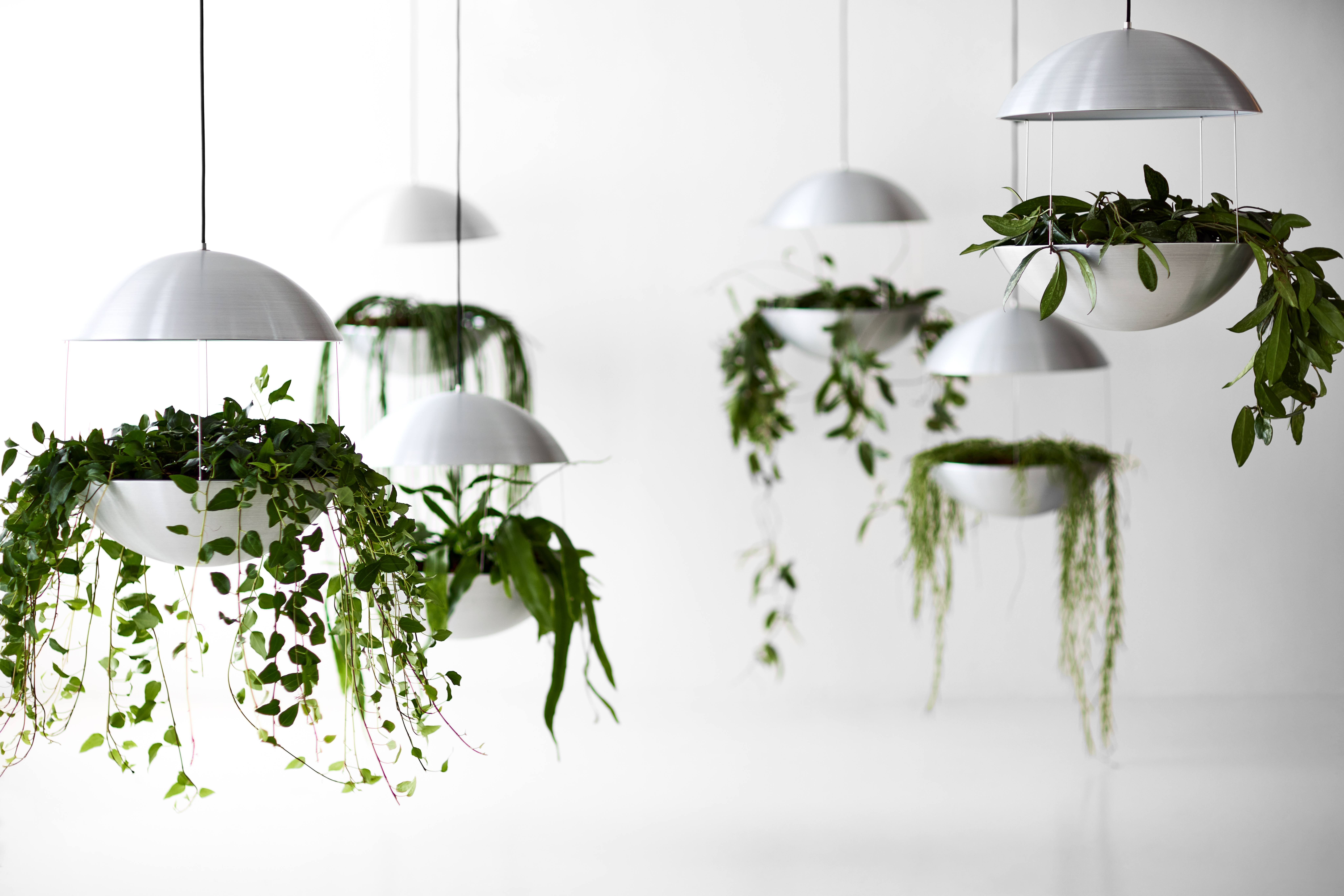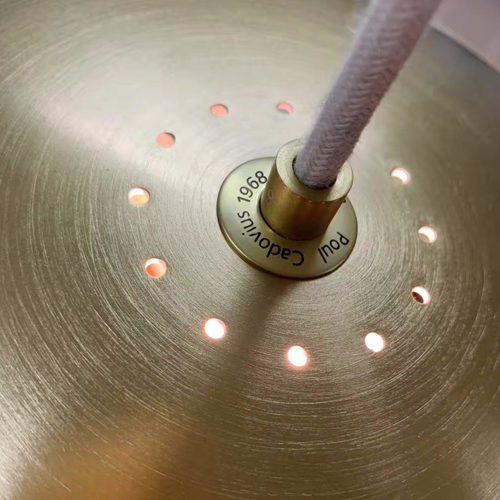Cadovius Flower Lamp®
Design by Poul Cadovius, 1968
Award-winning shelving systems, chairs and fiberglass
components. These are just a few of the numerous products developed through the
years by the famous Danish designer Poul Cadovius.
In 1968, he could also add lamps to his impressive
list of products and inventions, when launching the extraordinary and
decorative FLOWER LAMP®.
As the name implies, the FLOWER LAMP® is not a classic lighting lamp. It is
more a decoration - a small installation and a cool and decorative way to light
up plants and flowers. The lamp can be installed in many different ways. Either
one single lamp or several lamps in small groups or placed in a line next to
each other, a few centimetres from the floor - like it was done in the 1960s in
the Cadovius-showroom The Circle House.
Poul Cadovius had an exceptional skill to foresee trends. In 1948, he
launched the wall-mounted ROYAL SYSTEM® shelving system based on the idea that
furniture should not take up floor space, and it was also a current trend that
gave him the idea for the FLOWER LAMP® in 1968. In the 1960s, many people used
lamps in the garden to light up the flowerbeds, and with the launch of the
FLOWER LAMP®, Poul Cadovius converted this trend to indoor use.
The design of the lamp is quite simple. It consists of two aluminium bowls
connected by four thin steel pins where the lower bowl works as a flowerpot
illuminated by the light from the upper bowl. A simple yet brilliant idea.
dk3’s relaunch of the wonderful retro lamp hits right into the current trend of
hanging up plants and flowers, uniting flower power vibes from the 60’s with
modern interior design.
Environment
Indoor use
Measurements
Ø 45,4 x H 50,2 cm
Materials
Lamp shade and flowerpot: anodized aluminium
4 connecting pins in steel
Canopy and connection ceiling bracket: powder coated steel
4-meter fabric cord
Voltage
220V – 240V / 50 Hz
Light source and energy efficiency class
Max 40W E14
Compatible with bulbs of energy class A++ -E
Bulb is not included
Protection against electric shock
Class I
Ingress protection
IP20
Certifications
CE / UKCA certified - approved for sale in the UK, The
EU, and the EFTA-countries.
NB
Please note that there may be small production traces
(small scratches and marks) in the lampshades, which originate from the
partially manual production process.

-1000x625.jpg)


 Sign Up
Sign Up